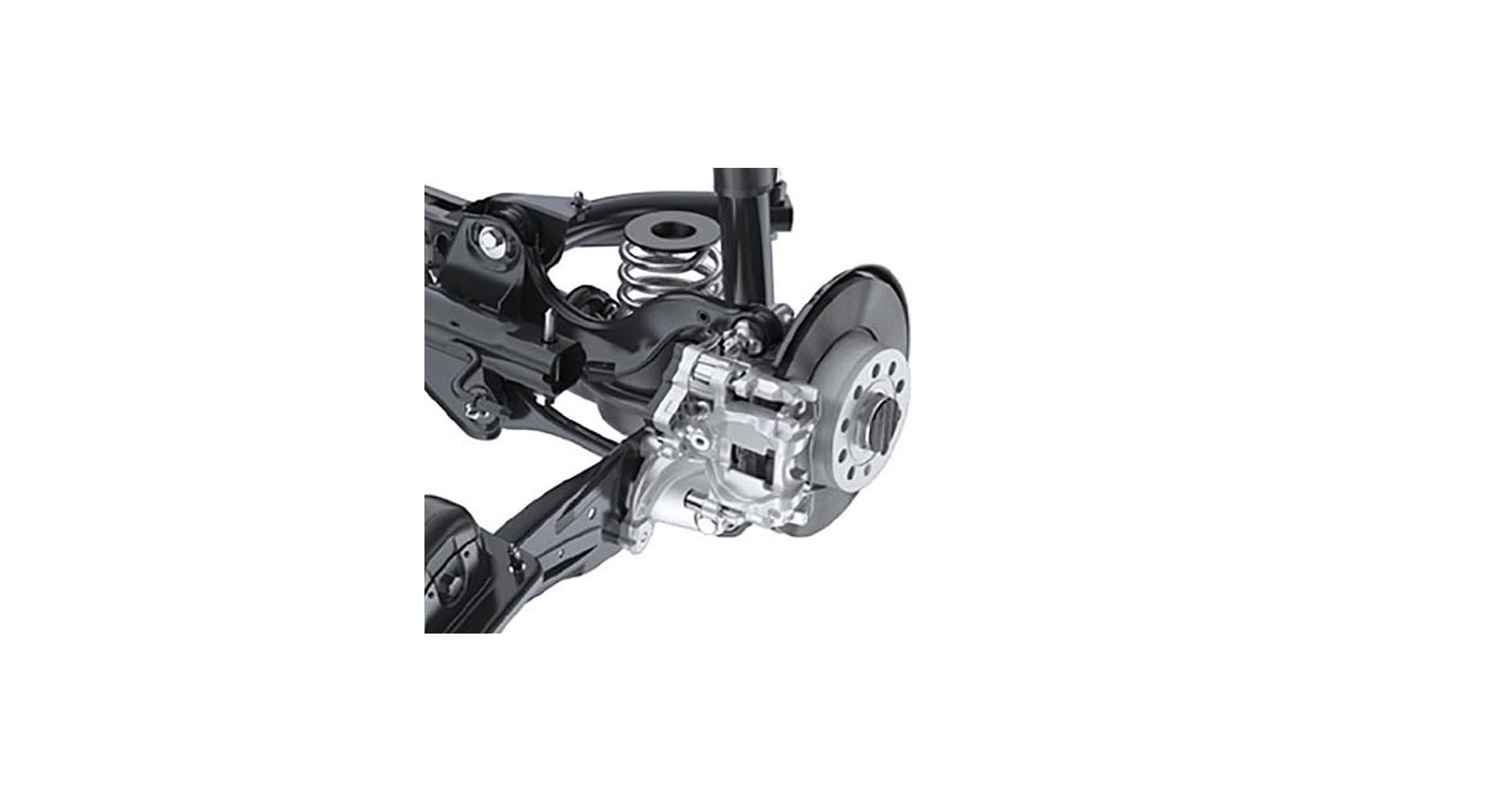The MK7 Volkswagen GTI boasts impressive braking performance thanks to its well-engineered system. But what size are the rear rotors on a MK7 GTI, and how do they differ between models? This guide dives deep into the specifications, differences, maintenance, and upgrade options for MK7 GTI rear brakes.
The MK7 GTI comes with two distinct braking systems: the “base” system and the “Performance Pack” system. This distinction directly impacts the rear rotor size.
-
Base Model: Features 272mm solid (non-vented) rear rotors. These are carried over from the MK6 GTI and are compatible with the same brake pads and discs.
-
Performance Pack: Utilizes 310mm ventilated rear rotors, borrowed from the Golf R. Despite sharing the same front brakes and rear rotor size with the Golf R, the rear brake pads differ due to the GTI’s manual parking brake. The Performance Pack is easily identified by the “GTI” logo on the front caliper’s anti-rattle clip and the vented rear rotors.
While visually similar, the rear brake pads for the base and Performance Pack models have key differences. Base model pads have integrated anti-rattle springs, whereas Performance Pack pads use a separate anti-rattle clip. Furthermore, Golf R rear pads, while utilizing the same 310mm rotor, are not interchangeable with the GTI Performance Pack due to the electronic parking brake system in the Golf R.
Maintaining Your MK7 GTI Rear Brakes
Regular maintenance is crucial for optimal braking performance.
-
Pad Wear: Check brake pad thickness every 10,000 miles. Replace pads when they reach approximately 5mm to prevent wear on the inner pads and potential damage to the rotors. A good rule of thumb is to replace pads when the remaining material is thinner than the backing plate.
-
Rotor Wear: Look for a substantial lip on the outer edge of the rotor or heavy grooving. While some grooving is normal, a lip indicates significant wear. Replace rotors when they reach their wear limit, typically around 3mm of total wear.
-
Brake Fluid: Flush brake fluid every two years as it absorbs moisture over time, impacting performance.
-
Squealing Brakes: This can be caused by various factors like uneven wear or debris. Re-bedding the pads or cleaning and lubricating the caliper carriers can often resolve the issue.
“Warped” Rotors: A pulsing feeling during braking is often attributed to uneven pad deposits on the rotor surface, not actual warping. This can be mitigated by using high-quality rotors and pads and avoiding prolonged stops with hot brakes.
Upgrading Your MK7 GTI Rear Brakes
Several upgrade options exist to enhance braking performance.
- Performance Discs: Slotted or cross-drilled rotors offer improved bite, water evacuation, and pad wear characteristics.
- Performance Pads: Upgrading brake pads offers the most significant performance improvement. Choose a compound that aligns with your driving style and intended use (street, autocross, track).
-
Brake Fluid: High-performance brake fluid increases the system’s temperature capacity, improving performance under demanding conditions.
-
Brake Lines: Stainless steel braided brake lines provide a firmer pedal feel by minimizing expansion under pressure.
-
Big Brake Kits (BBKs): Aftermarket BBKs, often featuring multi-piston calipers and larger rotors, offer increased cooling and more even pad pressure.
By understanding the specifics of your MK7 GTI’s rear brakes, you can ensure optimal performance and safety. Regular maintenance and strategic upgrades can further enhance braking capabilities to match your driving needs.



